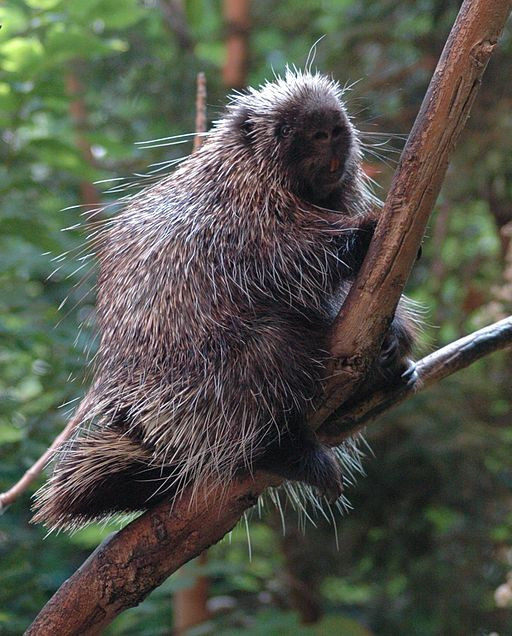Porcupine Quills Point Out Path for Better Needles

A team at Brigham and Women's Hospital in Boston believes that the porcupine's barbs can point out the way to better needles.
The researchers studied porcupines' quills and created synthetic ones of their own. They found that porcupines' quills have microscopic barbs at the pointed tips. As many a dog has unfortunately discovered, those barbs are what make the quills so difficult to remove. The barbs also spell out why the quills can be inserted into the skin so effortlessly.
It seems to defy logic that a barbed quill would go in more easily than a smooth one. However, the same logic is one that knife makers have employed for years. On serrated knives, most of the force is concentrated at the tip of the teeth, so it requires cooks to use less power when cutting tomatoes or bread.
Jeffrey Karp and his team made their own synthetic quills and found that they were indeed easier to insert. The finding could lead to smaller, more comfortable needles to be used for vaccinations and other injections, without the risk of breaking the needle in the skin.
However, porcupines' quills are not meant to be removed. How will these more delicate needles be removed from the skin? Researchers have not yet answered that question but they are in the process of creating a biodegradable needle. They also have used porcupines' quills as an inspiration for a better medical adhesive. Instead of using sutures or stitches to tediously restitch a wound, the barb would act as a one-sided strip of Velcro.
It is not the first time that scientists have attempted to answer medical questions with solutions found in the animal kingdom. For example, Karp and his team have looked to spider webs to create an adhesive that can be used on the sensitive skin of premature infants.
The findings of Karp and his team were published in the Proceedings of the National Academy of Sciences.



























